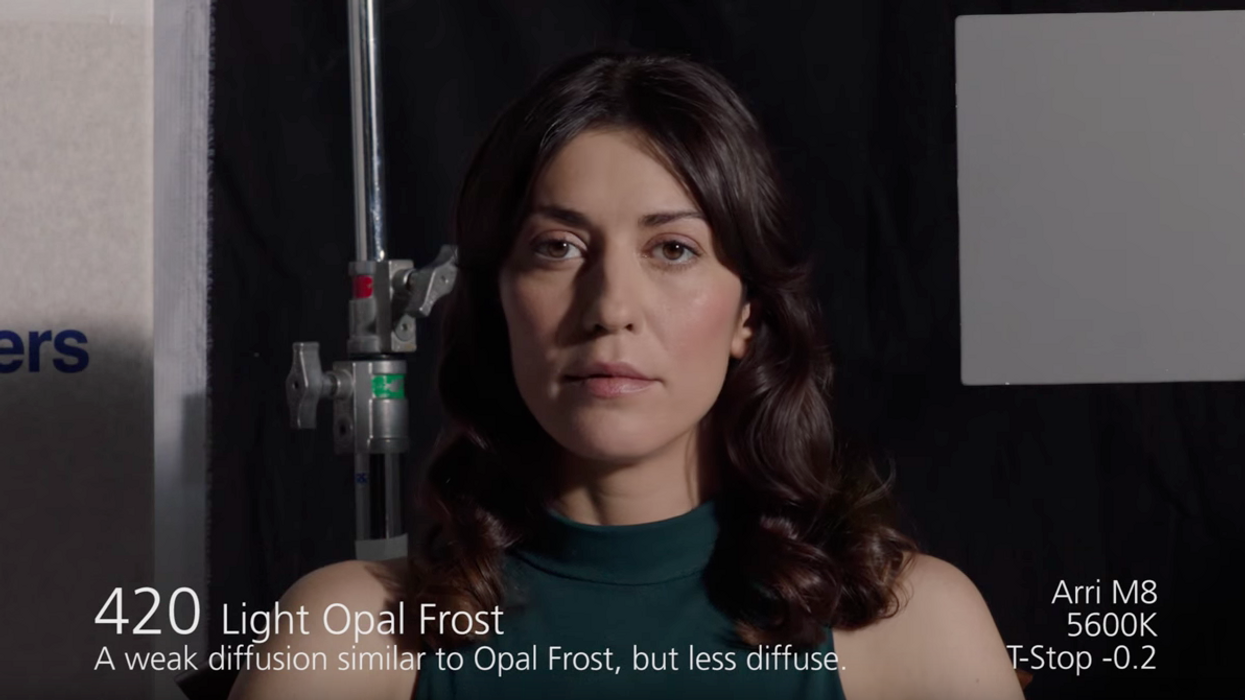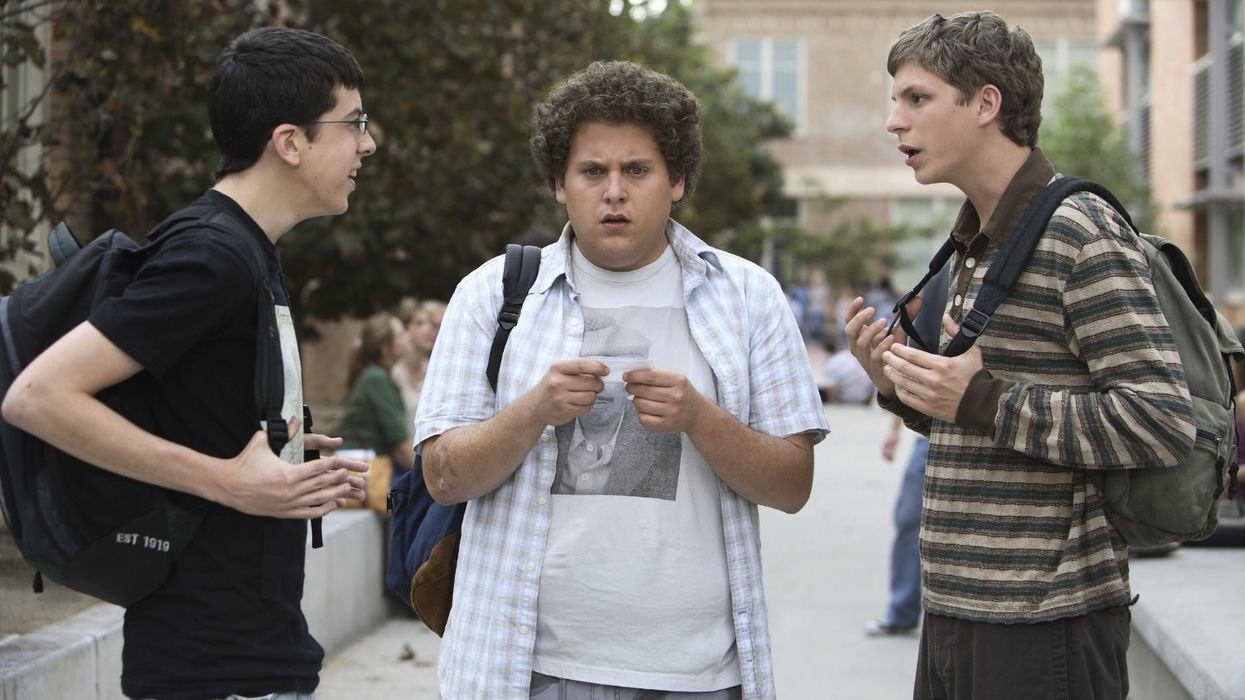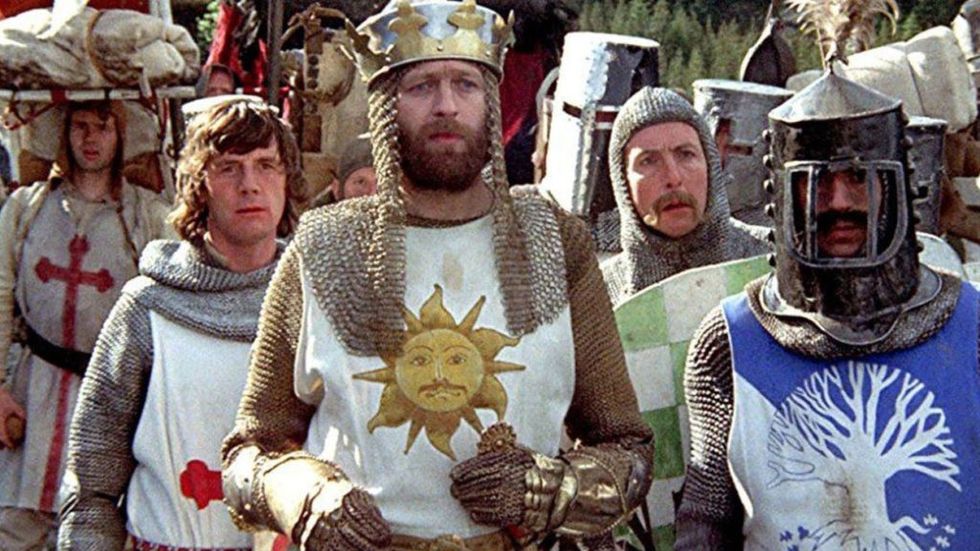Here's Every Type of LEE Diffusion Explained
This video helps demonstrate the subtle differences in LEE diffusion materials.

Lee Filters became the standard filter company in British television in the 1970's and are now fairly ubiquitous in the film industry. White diffusions like 216 (full white) and 251 (quarter white) are very common, but are only the beginning to the rabbit hole of materials. Don McVey and Kieron Jansch test each piece of diffusion in front of an 800w HMI and a 2K Tungsten light source.
Of course, LEE isn't the only company making professional grade diffusion. Rosco has also been making color gels and diffusion for over 30 years. Diffusion and color gels vary between companies in terms of transmitted color spectrum and light emmittance. When mixing and matching, Rosco has this handy Lee to Rosco equivalent spreadsheet. Here's a quick introductory video from J.P. Morgan that walks you through a few of their materials.
As is explained in the video, the difference between a lot of these diffusion gels can be extremely subtle, but it's important to know the tool that will accomplish your desired effect. Ultimately it's all about choosing the visual language of your project and saving time on set (where time = money). Most diffusion materials are made from heat resistant polyester or fabric, but that doesn't stop me from using my favorite household white diffusion: the paper towel.
[note: I only use paper towels on LED lights] :)
Source: LEE Filters













